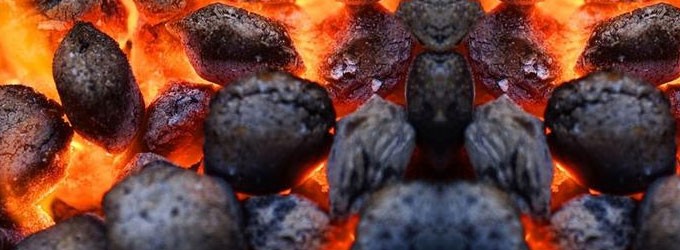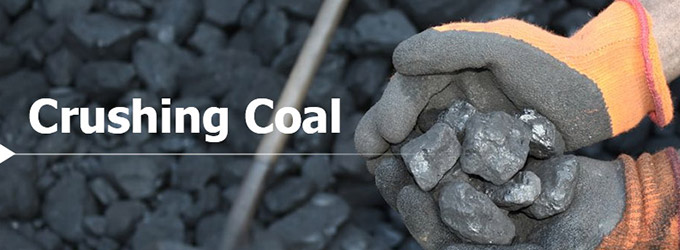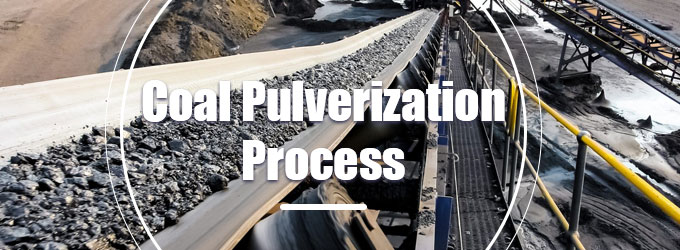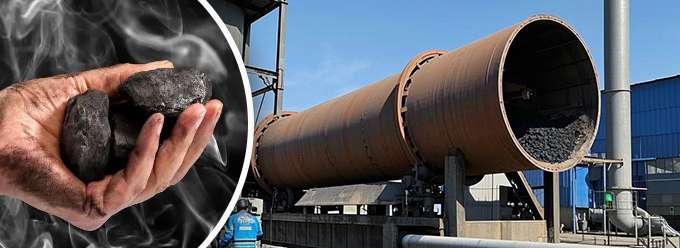Coal is a well-known fossil fuel. Since coal burning can produce energy and electricity, coal is an important energy source worldwide. Here are 10 interesting facts about coal that you should never miss.
1. Where does coal come from?
Millions of years ago, much of the Earth was covered in dense wetland forests filled with bog plants, shrubs, vines, and algae. Over the years, these plants died and settled, creating a thick layer of vegetation beneath the moist soil.
As more and more layers of soil accumulated on top of the vegetation, intense natural heat and pressure were created, gradually transforming the buried plant matter into coal. The process of formation of coal is called coalification.
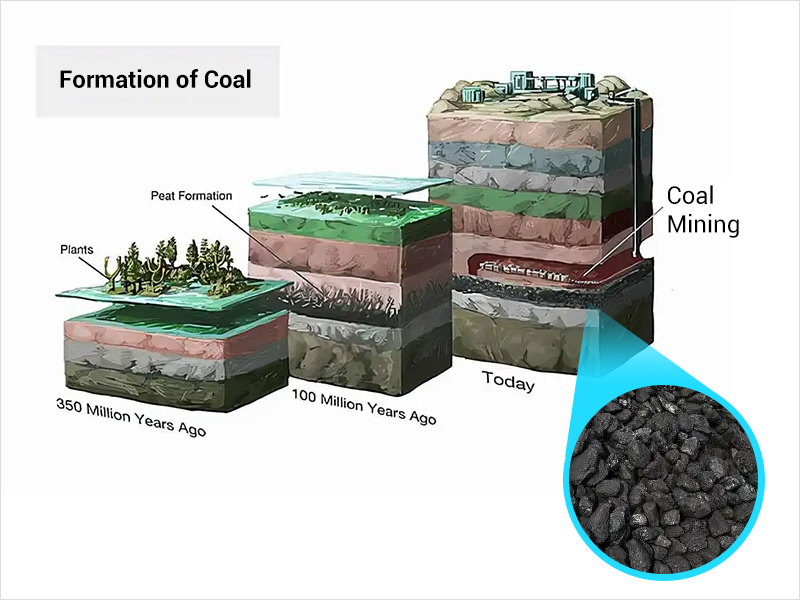
Natural coal is a combustible black or brownish-black sedimentary rock rich in carbon and hydrocarbons. The energy we get from coal today came from energy absorbed from the sun by plants millions of years ago.
2. Different ranks and types of coal
The predecessor of natural coal is peat coal, which is essentially uncompressed plant matter. During the coalification process, coal converts peat into 4 types of coal (lignite, sub-bituminous coal, bituminous coal, or anthracite).
Anthracite, the best type of coal, has the highest carbon content (86%–97%) and calorific value. Some even consist of pure graphite.
Bituminous and anthracite are often referred to as "hard coal", while lignite is "brown coal". Subbituminous coal is somewhere between hard coal and lignite, combining some characteristics of both.
Hard coal includes thermal coal (or steam coal) and metallurgical coal (or coking coal). Thermal coal is pulverized and burned to produce steam to drive turbines for electricity, while metallurgical coal is burned at high temperatures to make steel.
Metallurgical coal is heated at 1000°C to remove volatile components, forming hard, gray coking coal. Coke can be used for fuel and steelmaking.
3. What is coal made of?
Coal is a complex substance consisting mainly of carbon with small amounts of other elements such as hydrogen, oxygen, nitrogen, and sulphur. Its composition varies depending on its geological origin, coal types, and the way coal is mined.
- High-rank coals (such as anthracite) have a high carbon content, so they have a high calorific value, but low hydrogen and oxygen contents.
- Low-rank coals (such as lignite) have a low carbon content, but high hydrogen and oxygen contents, and also high moisture content.
Here is a more detailed description of coal composition:
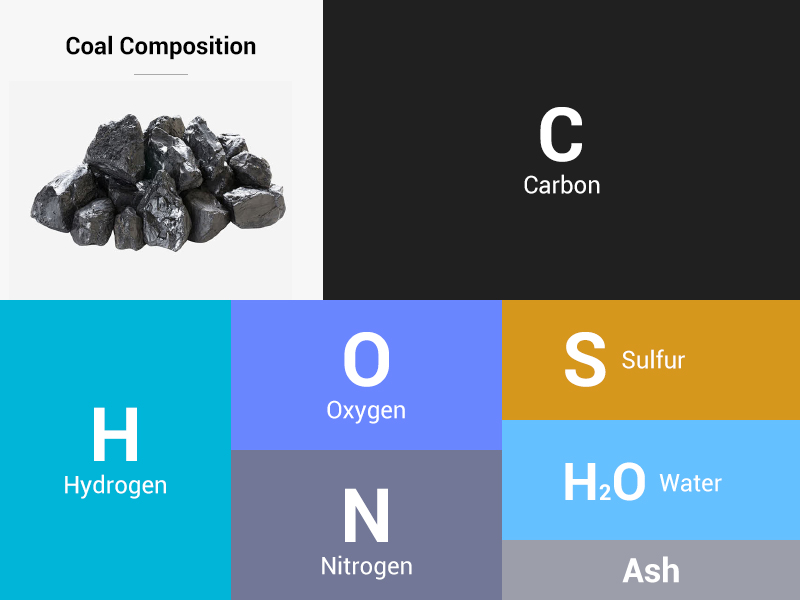
- Carbon: Coal contains 50–98% carbon content, with anthracite highest and lignite lowest.
- Hydrogen: Its presence is less than carbon, resulting in higher volatility and calorific value of coal.
- Oxygen: It is present in varying amounts, affecting the reactivity and combustion characteristics of coal.
- Nitrogen: It is generally present in smaller amounts, contributing to the formation of nitrogen oxides during combustion.
- Sulfur: Coal contains 0.5–4% sulfur, affecting its environmental impact. Some coals contain inorganic sulfur, mainly in the form of pyrite, which can be removed by froth flotation.
- Ash: It is a non-combustible mixture of inorganic minerals present in coal, including minerals such as quartz, clay, and oxides.
- Moisture: The moisture content of coal varies greatly depending on its type and source.
4. The facts about mining
More than half of the world's coal mines are underground. Coal rock is mined by either underground or open-pit methods, with open-pit mining being more common and cost-effective.
- Open-pit mining: Used where coal is buried over 200 feet deep. Large machines remove the topsoil and layers of rock to expose the coal seam. Mountaintop removal, a type of open-pit mining, uses explosives to blast away mountain tops to access coal.
- Underground mining: Used for deeper coal deposits. Coal miners descend by elevator and travel through tunnels, using large machines to extract coal underground.
Mined coal is sent to a coal preparation plant near the mine. The coal industry will clean and process coal to remove impurities such as rock, dirt, and sulfur. This process increases the calorific value of the coal.
5. Key minerals for coal production
Coal gangue is a black-grey solid waste from coal processing, composed of clay, pyrite, quartz, and mica. It has low carbon content and calorific value. It is harder than coal and is recycled via crushing, grinding, and calcining.
Fly ash is a fine, silica-rich powder produced when coal is milled and burned. It is used as a cement substitute in concrete to reduce costs and improve durability.
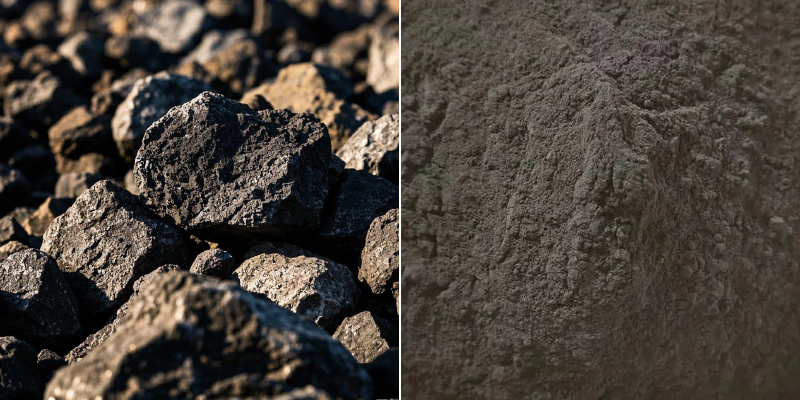
Fly ash and coal slime are rich in valuable heavy metals, such as aluminum, cobalt, copper, iron, lead, silver, nickel, and zinc. They can be found directly in coal and surrounding rocks, with wide industrial applications.
You may be interested in:
6. Coal processing
Raw coal is made into high-quality coal products for industries like steel, cement, power generation, construction, and chemicals through the processes of coal crushing, grinding, drying, and briquetting.
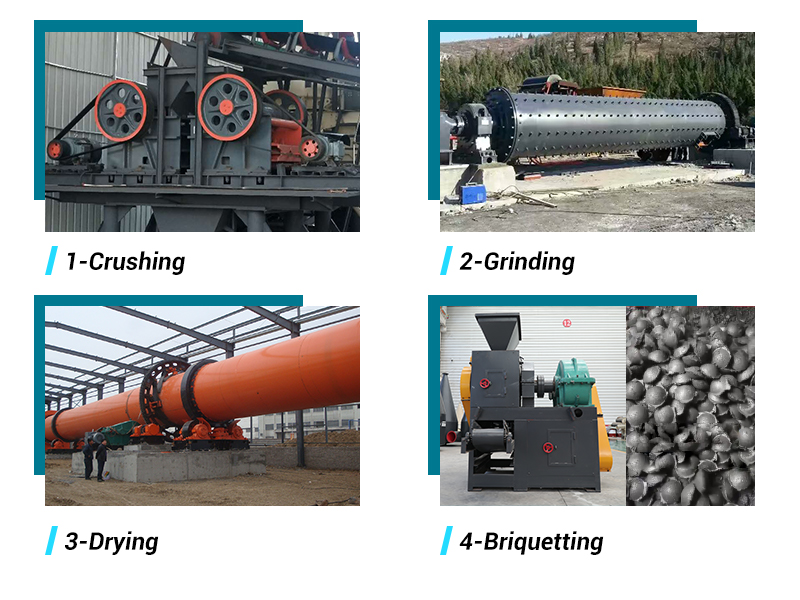
Coal crushing process
Coal is easier to crush than granite and basalt. Raw coal is crushed coarsely and finely by different types of crushers, which can be configured as mobile crushing stations.
- The primary crusher recommends a durable jaw coal crusher, with a feed size of 1,200 mm and a production capacity of up to 2,200 tons/hour.
- The secondary and tertiary crushers use a double toothed roll crusher for medium-hard, high-moisture coal (over 25%) like coke, lignite, and activated carbon. The roller crusher produces 2–10 mm particles with good shape and minimal clogging.
Coal pulverization process
The crushed coal is ground with a coal pulverizer mill. There are two mills you can select:
- A coal ball mill is suitable for coal blocks below 20 mm and produces 1.1–208 tons per hour. Ф900×1800 is the best sold mode. The output size is 0.074–0.89 mm (20–200 mesh).
- The vertical roller mill is famous for its large capacity and good grinding effect. It is often used for secondary and tertiary grinding, with an output of 2–420 t/h and a fineness up to 2,500 mesh.
Coal drying process
High moisture in pulverized coal lowers its calorific value when burned. A coal drying line produces brittle coal ideal for efficient boiler combustion.
- Our single-drum coal dryer uses direct heating and a special lifting plate to rapidly dry wet coal, slime, or coke material without sticking. The output is as high as 76 tons/hour, with stable operation and simple maintenance.
Charcoal briquette making process
Dried coal can be made into uniform carbon briquettes by a charcoal briquette machine. The compressed coal has the advantages of high calorific value, long-lasting combustion, smokeless and odorless, and easy transportation.
You may be interested in:
- Coal Crushing Process
- How to Process Coal into Pulverized Coal?
- Coal Drying Process
- Charcoal briquettes Making Process
7. Wide uses of coal
As a major energy source in more than 80 countries, coal is used to generate electricity and heat.
The International Energy Agency (IEA) predicts that coal will remain the largest single source of electricity by 2040. However, coal burning emits CO₂, contributing to global warming, highlighting the need for clean coal technology for the future of coal.
Besides, what is coal used for?
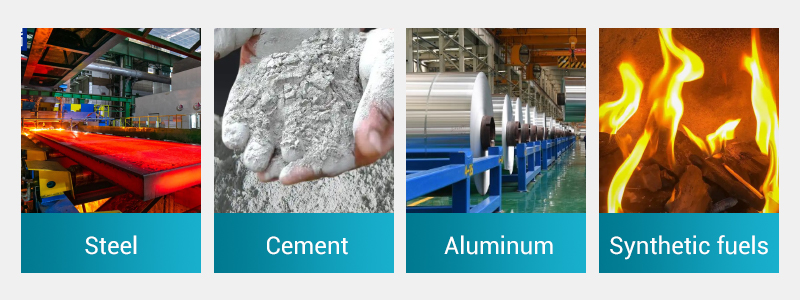
- Steel: 70% of the steel uses coal-based coke to smelt iron ore. Burning coal coke gives steel strength and flexibility to make bridges, buildings, and cars.
- Cement: 90% of cement plants burn coal to process mixed raw materials at high temperatures.
- Aluminum: China and India use coal-fired power plants to generate electricity so that aluminum can be economically extracted from aluminum ore.
- Synthetic fuels: South Africa converts coal into gas or liquid for use as less polluting synthetic fuels for power generation and hydrogen production.
- Everyday products: Coal can make soap, plastics, dyes, and water purifiers. Silicones and salts from metallic silicon can make cosmetics, shampoo, and toothpaste.
- Infrastructure: Steel for wind turbines and coal-fired heating for solar panel production both rely on coal.
8. Is coal renewable?
No, coal is not a renewable resource. It takes millions of years to form from the remains of plants and animals. It can release harmful pollutants, resulting in environmental and health issues.
Despite these disadvantages, coal has more advantages, such as its abundant reserves, low cost, and high energy output. Therefore, improving the efficiency of raw coal processing and use is essential.
9. Coal production in world
Coal resources are a fossil fuel with large reserves and wide distribution. The world's proven coal reserves exceed 1.06 trillion tons, mainly concentrated in five countries: the United States, Russia, China, Australia, and India.
China is the largest producer of coal in the world, accounting for more than half of the world's annual output. It is followed by the U.S., India, Australia, and South Africa.
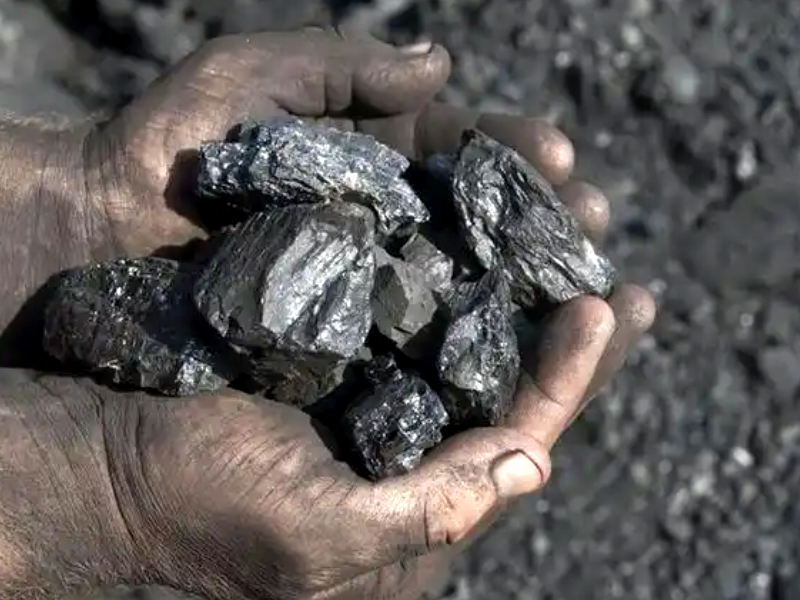
Russia has the second largest coal reserves, mainly in Siberia and the Far East. In 2023, its coal production reached 258 million tons. Its coal (lignite, bituminous, anthracite) is 63% open-pit mineable and used for power, coking, and exports.
Australia's coal resources are mainly found in Queensland, New South Wales and Victoria in the east. Coal is mined in open pits, mainly lignite (for power generation) and black coal (for steelmaking).
The interesting facts about Canada are that Canada has 6.6 billion tons of coal reserves, over 90% of which are in the west near export ports. Most coal is mined in open pits, with over half used for power and the rest in steelmaking.
10. Coal price
The coal, lignite, and anthracite market are valued at $937.31 billion in 2025 and are expected to exceed $1,020 billion by 2029, with a 2.3% annual growth rate.
The coal price is affected by global energy competition, environmental policies, transportation costs, and rising electricity demand in emerging markets like China. Coal price also varies by coal types:
- The ordinary coal price is about $97.75 per ton.
- Anthracite costs up to $135, which is 2 to 6 times that of ordinary coal. It burns cleaner and delivers higher heat. It was once popular for home heating, but is now scarce due to resource depletion.
- Metallurgical coal requires high purity and low sulfur, so its price fluctuates greatly, usually much higher than thermal coal.
According to Trading Economics, coal price will rise to $99.80 per ton this quarter and $102.55 per ton within 12 months. Despite energy diversification, coal remains a key natural resource in the energy market.


